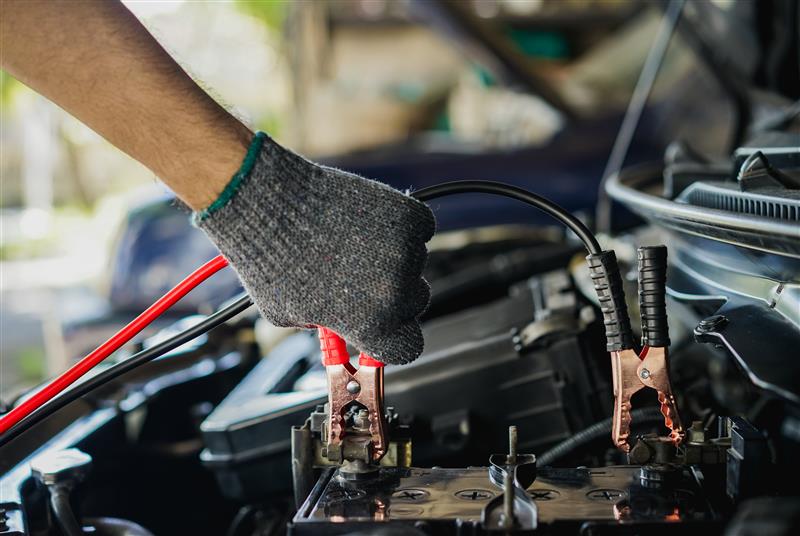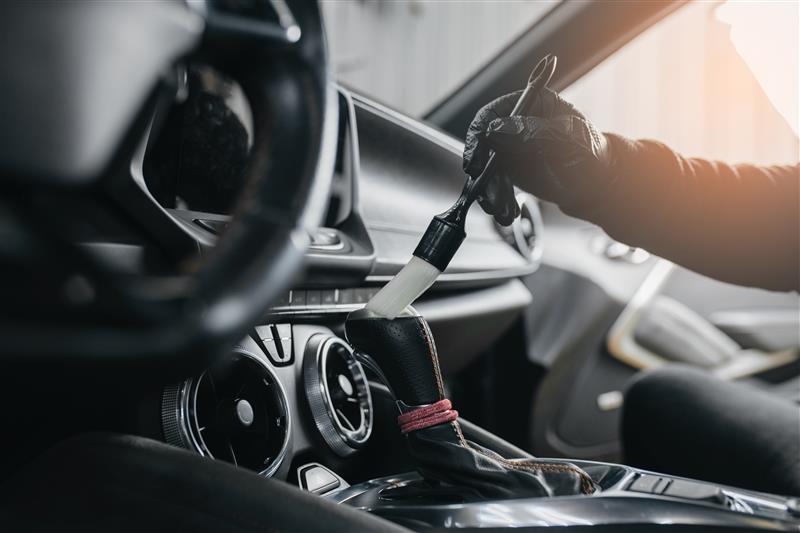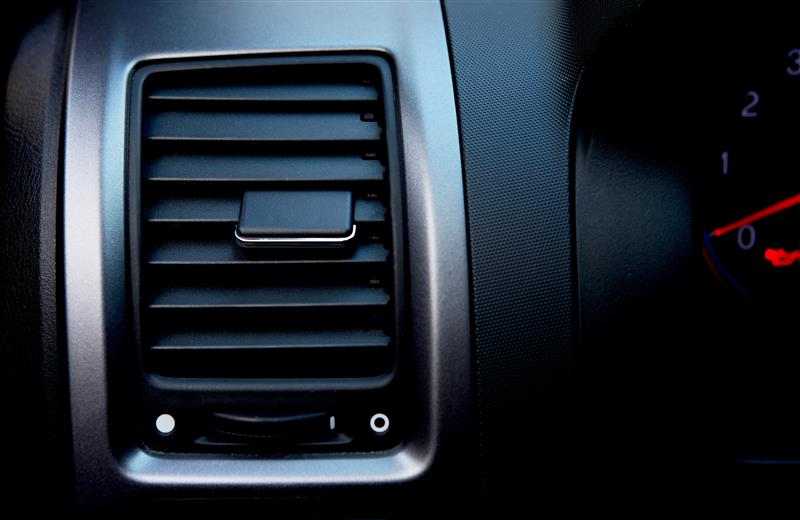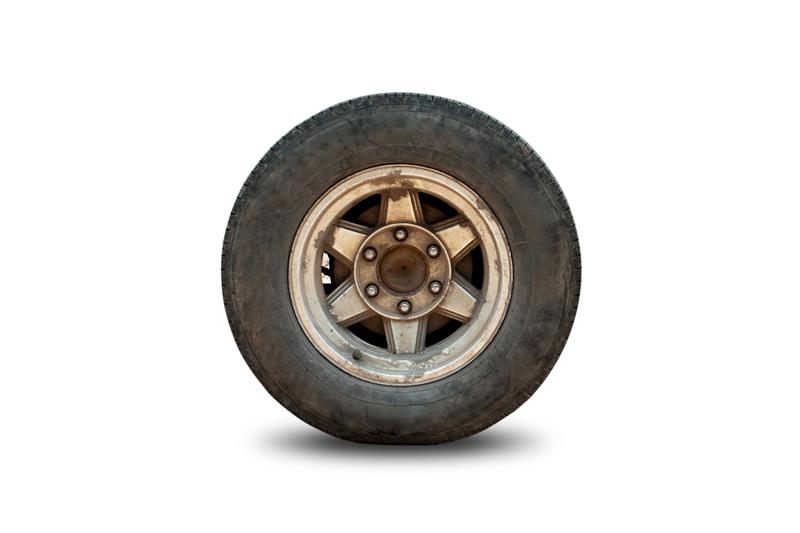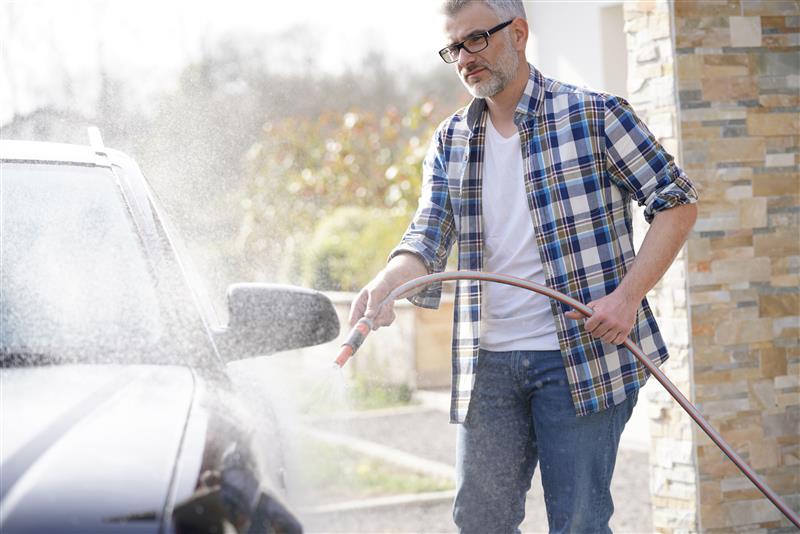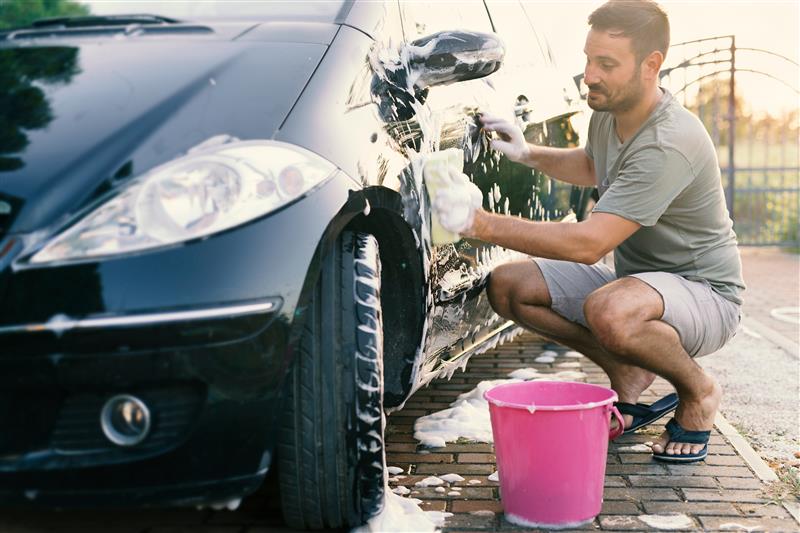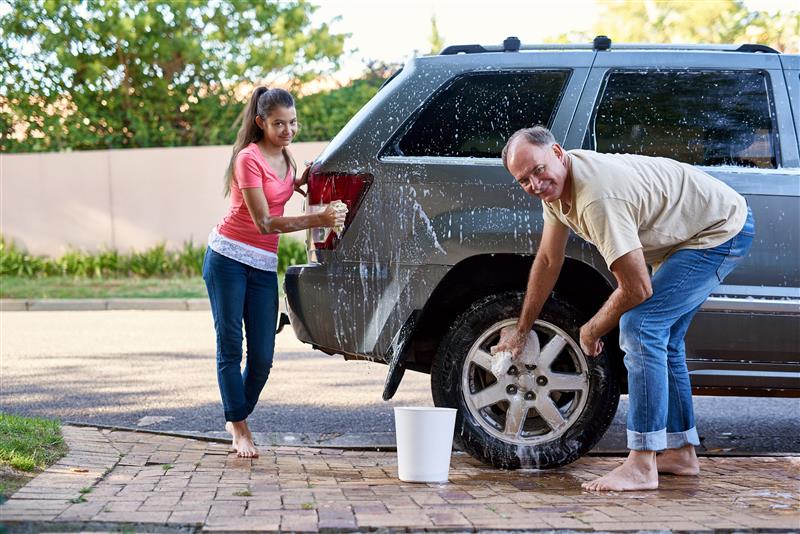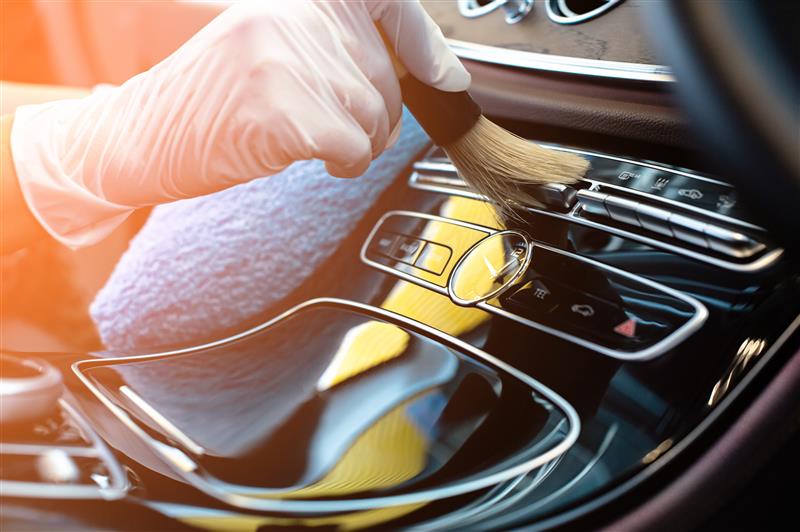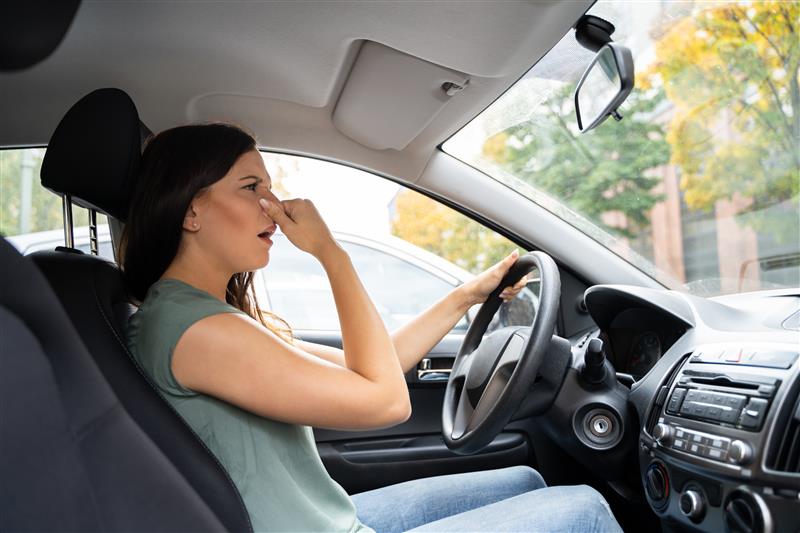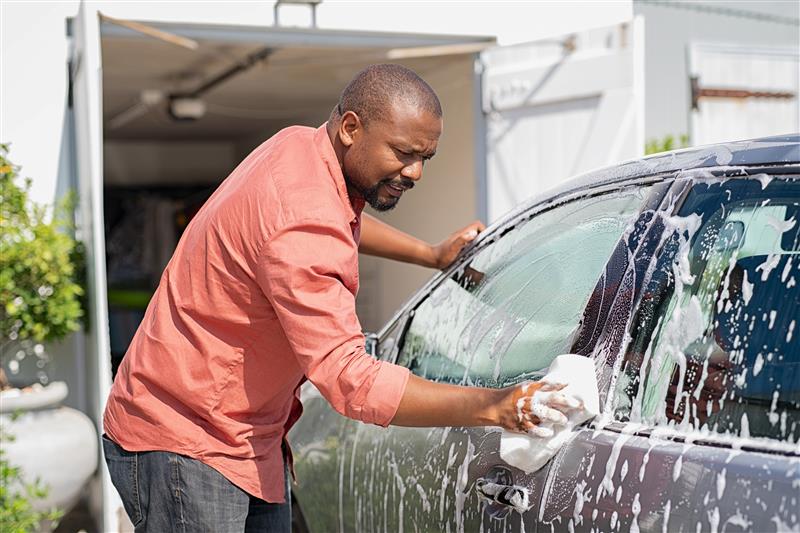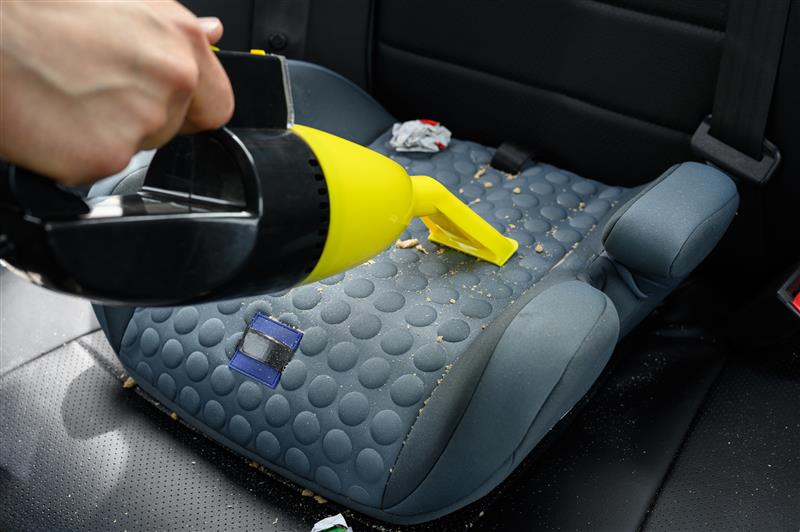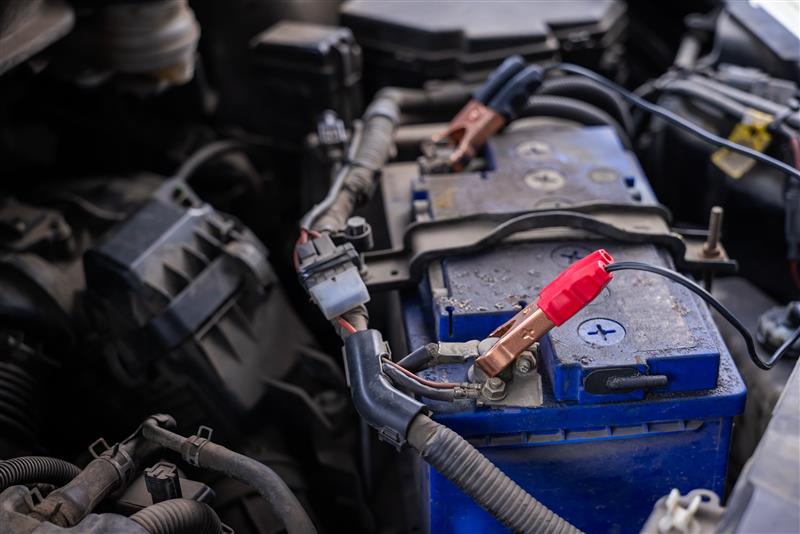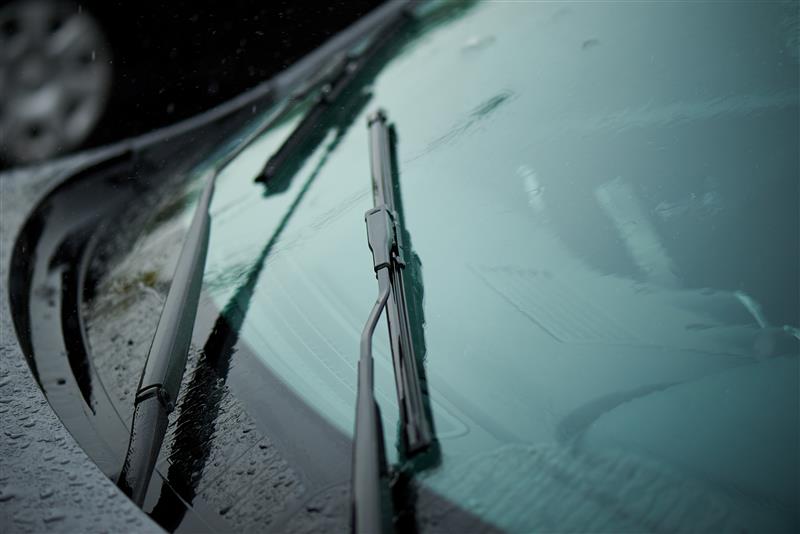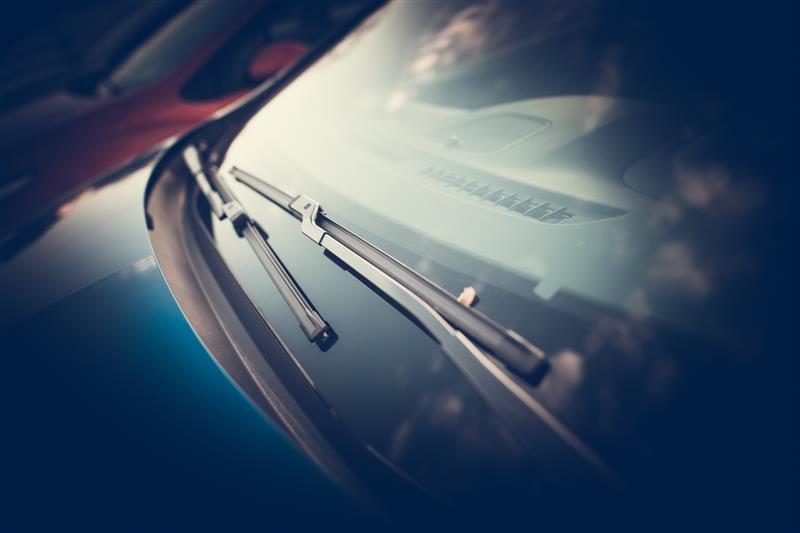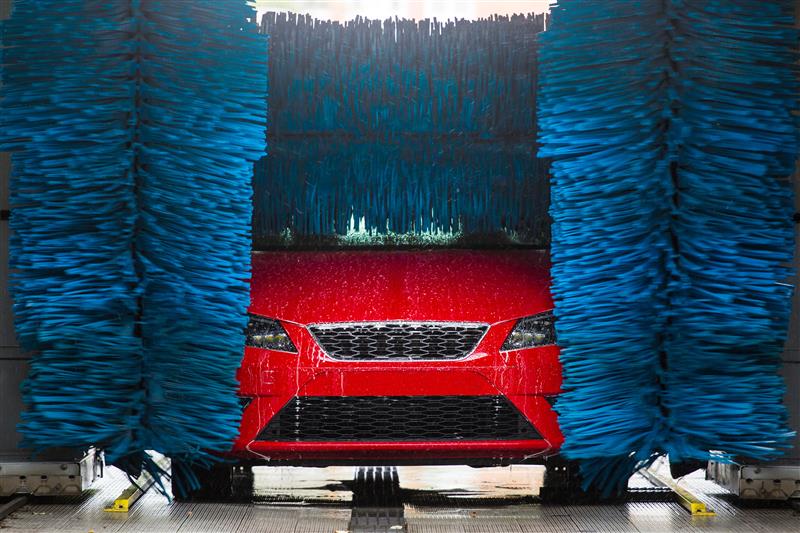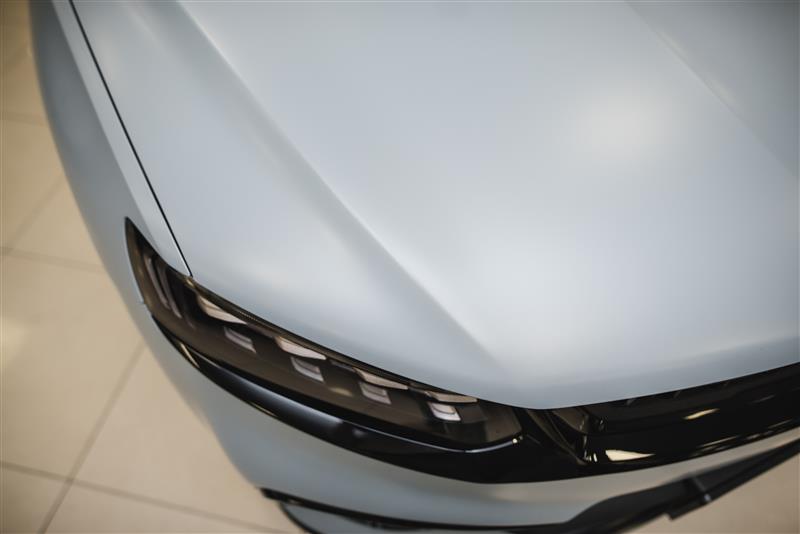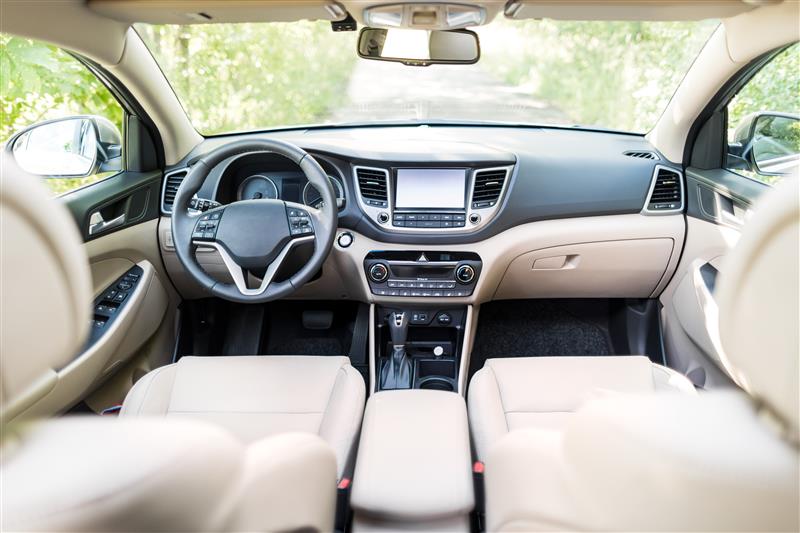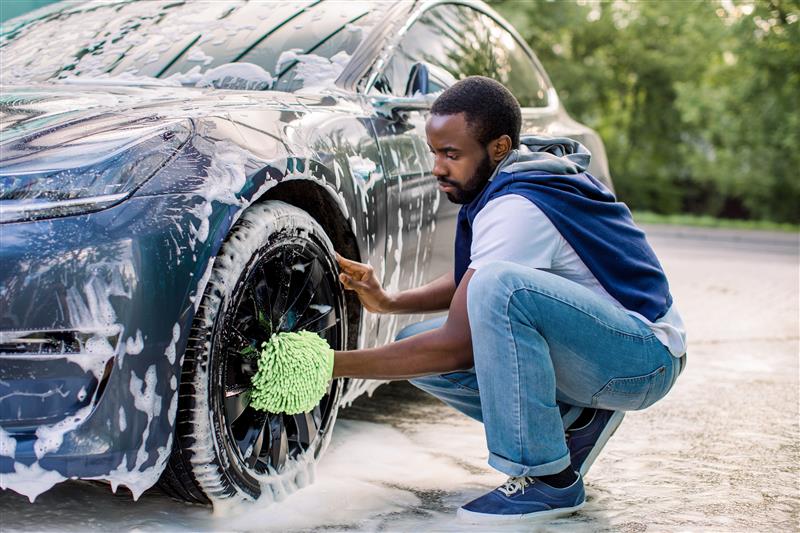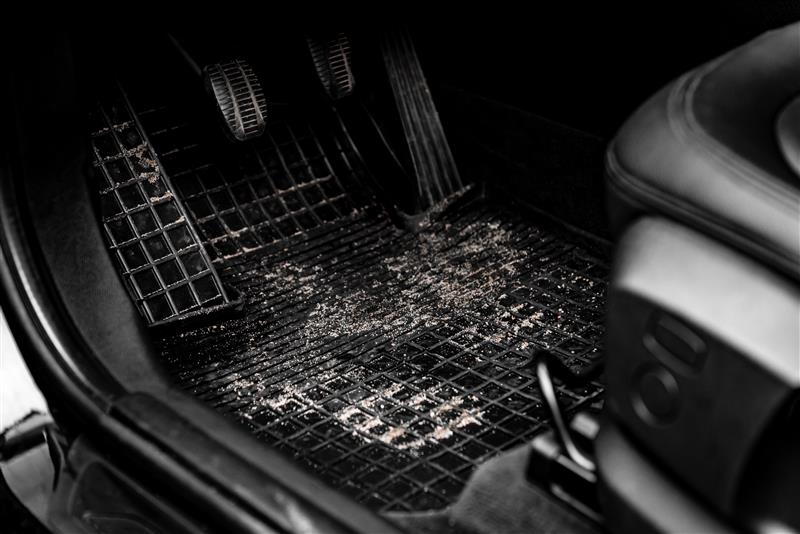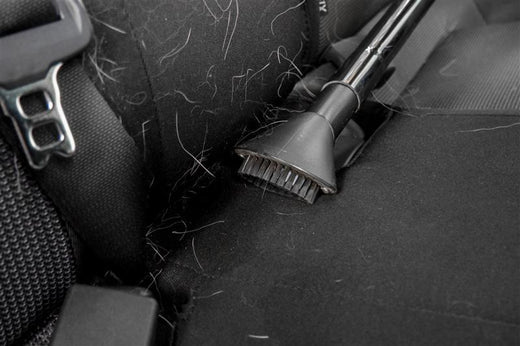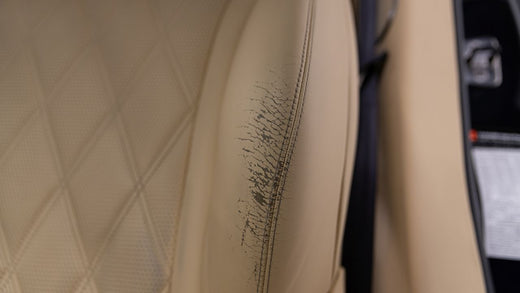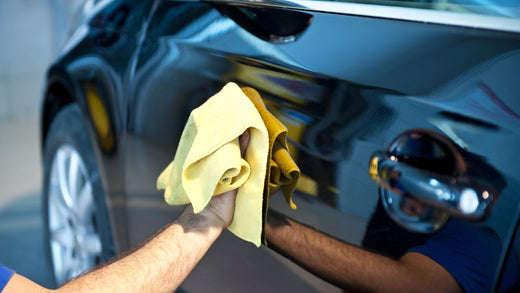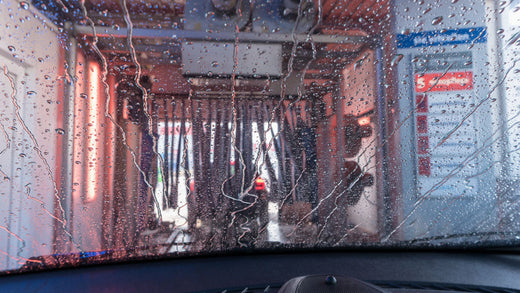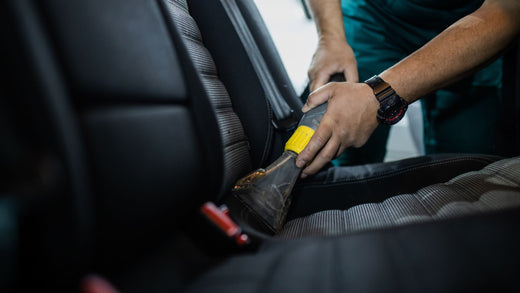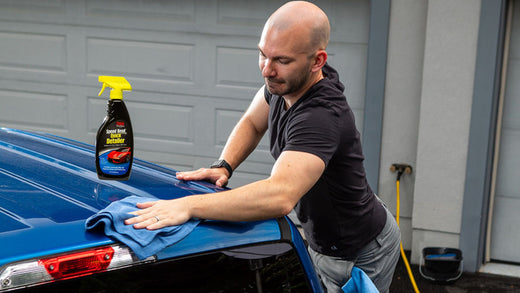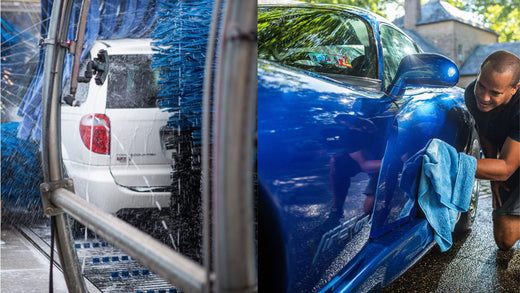Clear vision ahead with our holiday markdowns on Invisible Glass Ceramic Silicone Wiper Blades. Prices as marked.
You turn the key. Nothing but a faint click—or total silence. That usually means the battery is dead.
The good news? A jump-start is one of the easiest fixes you can do yourself. With a basic set of jumper cables or a portable jump starter, you can get back
on the road in just a few minutes.
In this guide, you’ll learn exactly how to jump-start a car safely and correctly. We’ll cover the tools you need, the step-by-step process, some quick battery know-how, and a few safety tips that every driver should know. Whether you’re helping a neighbor or stuck in a parking lot yourself, you’ll feel confident knowing what to do, especially with our quick-reference guide in your glovebox.
What Drains a Car Battery (and How to Avoid It)
Before jump-starting a car, it helps to know why batteries fail in the first place. Most car batteries last between three and five years, but certain habits and conditions can shorten that lifespan.
Here are the most common causes of a dead battery:
● Leaving electronics on after parking: Headlights, dome lights, and even small accessories like dash cams or phone chargers can drain the battery overnight if left running.
● Extreme temperatures: Cold weather reduces a battery’s ability to produce current. Hot weather speeds up internal wear, breaking down the battery’s components over time.
● Frequent short trips: If you only drive a few miles at a time, the alternator doesn’t have enough time to fully recharge the battery. Repeating this pattern slowly weakens its ability to start the engine.
● Parasitic drains: Faulty wiring, aging electronics, or aftermarket upgrades can pull power from the battery even when the car is off.
Knowing what drains your battery helps you avoid the problem and gives you a better idea of what went wrong when your car won’t start.
Preparation: Gather Your Tools and Get Set
Before jump-starting a car, make sure you have the right gear.
What You’ll Need:
● A set of jumper cables with sturdy, insulated clamps
● Optional: a portable jump starter, which works without another vehicle
(Jump starters are convenient, but cables give you flexibility when someone else can help.)
When your car won’t start—maybe you hear a faint click or notice dim lights—here’s what to do:
-
Park near the donor vehicle.
Position the cars close enough for the cables to reach, but never let them touch. -
Turn off both vehicles.
Shift into Park (automatic) or Neutral (manual), and set the parking brakes. -
Open both hoods.
If you see corrosion on the battery terminals, wipe it away gently with a cloth or brush. Avoid direct contact with any residue.
❗ Safety Tip: Never try to jump a battery that is cracked, leaking, or swollen. Call roadside assistance
instead.
Step-by-Step: Performing the Jump-Start
Let’s walk through the process of jump-starting your car. Follow the steps in this exact order to stay safe and avoid damaging either vehicle’s electrical system.
-
Identify the battery terminals.
Each battery has a positive (+) terminal—often marked with red—and a negative (–) terminal, usually marked in black. You’ll need to connect the jumper cables to the correct terminals in a specific order. -
Connect the first red (positive) clamp to the positive terminal of the dead battery.
-
Connect the second red (positive) clamp to the positive terminal of the working battery.
-
Connect one black (negative) clamp to the negative terminal of the working battery.
-
Connect the final black (negative) clamp to an unpainted metal surface on the engine or frame of the dead car, not the battery itself. This helps reduce the risk of sparks near the battery.
With all four clamps securely in place:
● Start the donor vehicle. Let the engine run for about 3 to 5 minutes. This allows the dead battery to receive some charge.
● Try starting the dead car. If it doesn’t turn over right away, wait another minute or two with the donor car still running, then try again.
● Once the engine starts, keep both vehicles running for about 5 more minutes. This helps stabilize the system and gives your battery a better chance to recover.
Disconnecting the Jumper Cables
Once the engine is running, it’s time to remove the cables. Properly disconnecting the cables is just as important as connecting them. Reversing the order helps prevent sparks and protects both vehicles.
|
Follow this sequence carefully:
|
❗ Safety Tip: As you disconnect each clamp, keep the ends from touching each other or any metal parts. Hold them apart by several inches until the cables are completely free.
What Comes Next: After a Jump-Start
It’s tempting to switch off your engine after a successful start, but your work isn’t done yet. Drive or idle the car for at least 15 to 30 minutes. This gives the alternator time to recharge the battery and replenish what was lost. If you shut off the engine too soon, you risk another dead battery when you try to restart.
Shutting off the engine too soon may leave you stranded again with a drained battery.
If your battery keeps dying after a proper jump and recharge, there may be a deeper issue. Most batteries last three to five years, but yours could be near the end of its lifespan. It’s also possible the alternator isn’t charging correctly.
Helpful Extras & Safety Tips
● Portable jump starters are a great investment. They fit in your glove box or trunk and let you jump your car without asking another vehicle for help.
● Always wear gloves and eye protection, especially if battery terminals look corroded. Batteries contain sulfuric acid, which can burn skin and eyes.
● Keep cables in the car year-round. You never know when you might need them—and being unprepared adds unnecessary stress.
● Avoid smoking or sparks around the battery.
● If you’re uncomfortable at any point, call for roadside assistance. A quick local service call is safer than risking damage or injury.
Troubleshooting: What If It Doesn’t Work?
If the engine still won’t turn over, here’s how to troubleshoot:
● Check the cable connections: Make sure clamps are tight and the metal surfaces are free of corrosion.
● Confirm correct placement: Red to positive, black to ground. Recheck the order in your owner’s manual if needed.
● Listen for clues: A clicking sound may point to a faulty starter or a weak alternator.
● Check for special instructions: Some vehicles require specific jump points or connection sequences. Always review your vehicle’s manual.
If you’ve verified the setup and nothing works, it’s time to call a mechanic. Persistent battery trouble often signals a deeper electrical issue.
Quick Diagnostic Table
|
Symptom |
Possible Cause |
Next Step |
|---|---|---|
|
❌No sound, no power |
Loose cables or a dead battery |
✔️Recheck clamps and retry |
|
❌Clicking sound when starting |
Faulty starter or low voltage |
✔️Call a professional |
|
❌Intermittent response |
Failing alternator |
✔️Test the charging system |
|
❌Dashboard lights flicker |
Electrical system issue |
✔️Get a full diagnostic check |
Know What to Do When Your Battery Dies
Every driver runs into a dead battery at some point. Knowing how to jump-start your car puts you in control of the situation. It’s a practical skill that helps you stay safe and keeps your day moving, whether you're helping yourself, a friend, or a stranger on the roadside.
Preparation is simple: store quality jumper cables or a portable jump box in your trunk. Keep this guide handy so you are not caught off guard.
A little preparation can save a lot of hassle.

